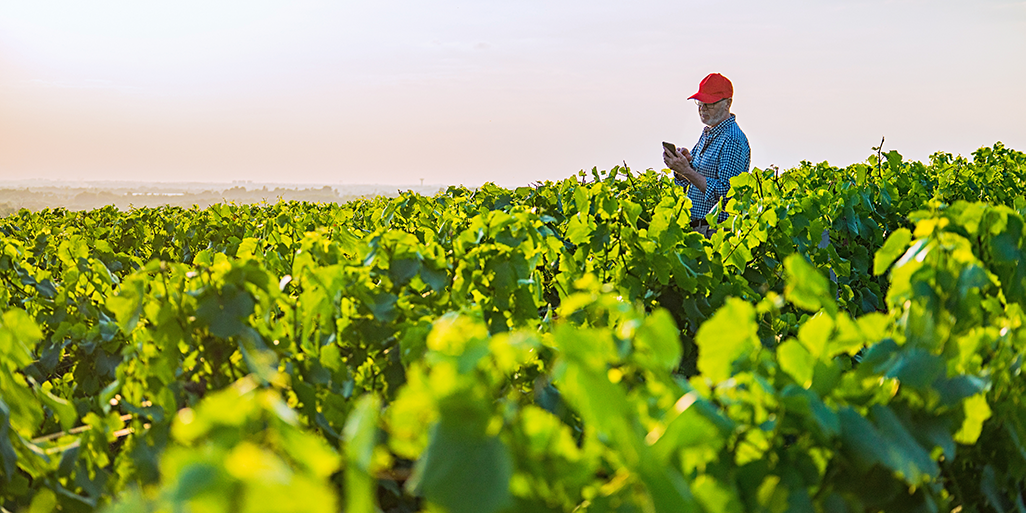In a rapidly evolving situation, it’s safe to say the world is watching the news. Amidst the global COVID-19 pandemic, countries around the world are increasing border security and restricting access to non-citizens.
Update March 26, 2020:
The Department of Homeland Security has designated agricultural and food workers as “Essential Critical Infrastructure Workers”. The agricultural sector has also been included in the 16 critical infrastructure sectors identified as part of the COVID-19 response. But information on the status of actual H-2A processing is hard to find. Representatives for the California Farm Bureau Federation say that consulates in Tijuana and Monterey will continue to process H-2A employees whose visas have expired in the past 12 months and are applying for the same visa classification, but first time applicants will not be processed at this time.
We’ll be updating this page with more information as it becomes available.
Update March 25, 2020:
As farmers and growers around Canada wait for more information from the federal government about the border crossing exemption for farm workers, many growing associations are warning their members not to wait to start preparing. With change happening so fast, it is important growers prepare as much as they can now.
Farmers need to be able to protect and support their workers, who will be in mandatory isolation for two weeks upon arrival. Farmers are encouraged to arrange for all the necessary supplies and services needed for their workers to be available in advance of when they arrive, so they do not have to leave for supplies. Supply runs should be as limited as possible. All non-essential travel of employees and non-essential visits from suppliers, vendors, and external personnel should be suspended.
To encourage social distancing, and reduce unnecessary travel, employers can provide additional support for employees such as:
- Providing computer and internet access in bunkhouses
- Providing meal options or food delivery
- Having medications and other essentials delivered
- Switching to online banking and deposits to reduce the need to go to the bank
- Allocating extra housing space for employees to maintain social distance at home
- Establishing bunkhouse sanitation and anti-congregation protocols
Farm work is vital to all of us and can’t stop even in the midst of a pandemic. There are things that growers can do to help ensure the safety of their employees, customers and themselves. There is an excellent resource page for employers here with questions to ask newly arrived workers and tips for isolation protocols here. If you are concerned about your health or the health of your workers, there is also a self-assessment form here with more information on what to do if you feel sick.
In recent years, the number of certified H2-A positions have seen a dramatic increase as farmers attempt to compensate for the lack of homegrown labor available to them. From about 80,000 worker positions certified in 2008 to more than 240,000 worker positions certified in 2018, it is evident that seasonal workers make up a huge portion of the agricultural workforce. In fact, a 2014 survey by the PEW research center showed that 26% of farm workers in the United States were not only seasonal, but also undocumented or unauthorized to work in the United States. In Canada, seasonal workers can apply under SAWP, or the longer term Temporary Foreign Worker Program.
Beginning Wednesday, Mar. 18, 2020 the Canadian government has begun to restrict travel. After extensive lobbying from F.A.R.M.S., the Canadian Federation of Agriculture and the Canadian Horticultural Council, Minister Bill Blair announced that temporary foreign workers will be exempt from travel restrictions. Blair further confirmed that temporary foreign workers will be allowed to enter Canada but will need to observe a 14-day period of self isolation.
On the same day in the U.S., a briefing from the State Department announced that they are suspending processing of all non-emergency visa applications from Mexico. These restrictions will mean a huge drop in the number of seasonal workers receiving visas to work in the U.S. With more than a quarter million H2A workers supporting the U.S. farming industry, the United States Farm Bureau is advocating for the inclusion of temporary workers to be designated as emergency workers, and for the resumption of their visa processing.
For many growers in North America, March and April mark the beginning of planting season, a period where timing is essential. Labour intensive crops like broccoli, leafy greens, melons and strawberries that are typically harvested by hand are likely to be the hardest hit.
Even in Canada, where temporary workers have been exempted from border closures, the prospect of self isolation may be prohibitive to some workers and employers. Migrant workers in North America often live in dormitory style housing, sometimes with up to 16 people to a single kitchen. Self isolation in such conditions will represent a huge challenge, and it will be up to employers to provide the accommodations needed in these extenuating circumstances. “We will happily ... house them any way for 14 days which is the CDC [Centres for Disease Control and Prevention] recommendation for all Canadians...” said Ontario blueberry grower Dusty Zamecnik.
We’ll be updating this page with more information as it becomes available.


